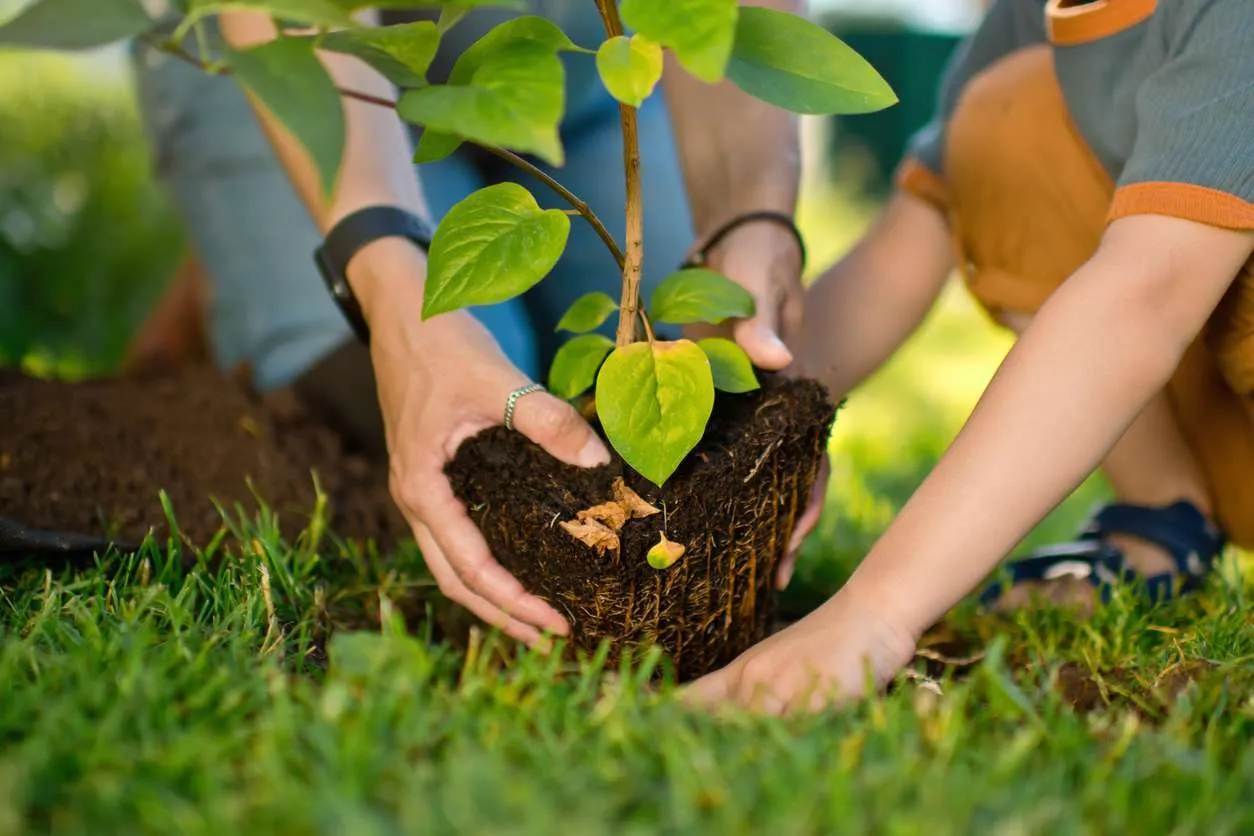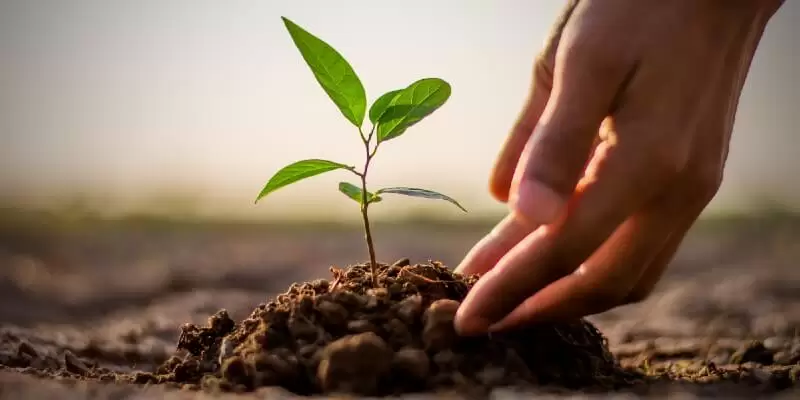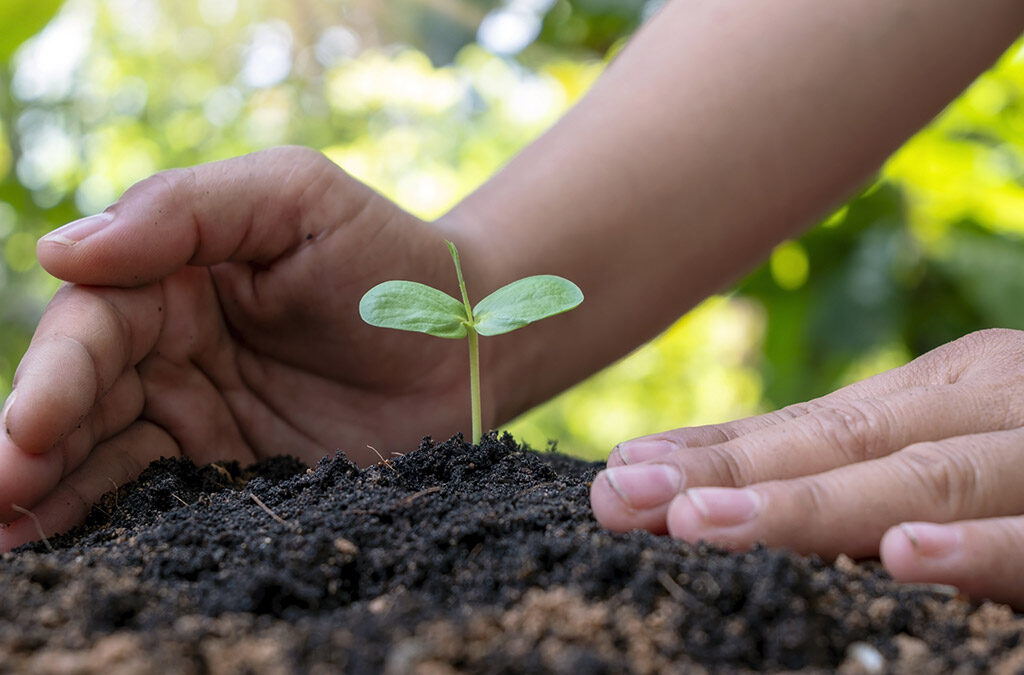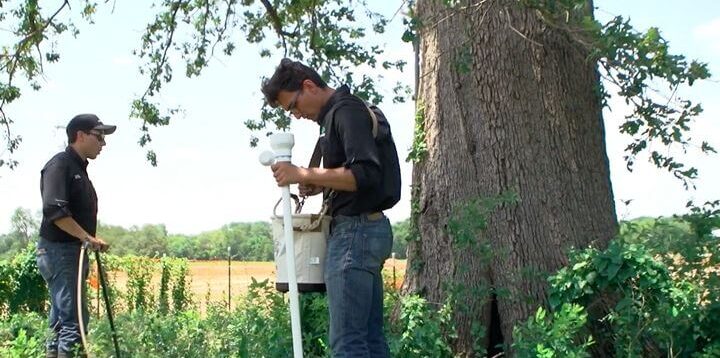Tree Planting: A Guide to Greening Our Planet
Introduction to Tree Planting
Tree planting isn’t just a gardening task; it’s a powerful act of environmental stewardship. Trees are vital to our planet, providing oxygen, improving air quality, conserving water, preserving soil, and supporting wildlife. Planting trees is an easy and powerful method to help create a healthier planet.
Benefits of Tree Planting
Environmental Benefits
Trees contribute to enhancing air quality by absorbing various pollutants such as nitrogen oxides, ammonia, sulfur dioxide, and ozone. They filter particulates from the air by capturing them on their leaves and bark, thereby improving overall air purity.
Climate Regulation: Trees play a critical role in carbon sequestration, absorbing carbon dioxide and reducing the greenhouse effect. They also moderate the climate by reducing the heat island effect in urban areas.
Wildlife Habitat: Trees provide essential habitats for numerous species of birds, insects, and other wildlife, contributing to biodiversity.
Social Benefits
Mental Health: Spending time around trees and green spaces reduces stress, anxiety, and depression. It’s like nature’s therapy session.
Community Building: Tree planting can be a communal activity, fostering a sense of togetherness and shared purpose among community members.
Economic Benefits
Property Value: Properties with trees and landscaped areas tend to have higher market values. Trees can also reduce energy costs by providing shade and windbreaks.
Job Creation: The tree care industry, including planting, maintenance, and management, provides numerous jobs.

Choosing the Right Tree
When selecting a tree, it’s crucial to consider:
Native vs. Non-Native Species: Native trees are adapted to the local climate and soil, often requiring less care and supporting local wildlife.
Climate Considerations: Ensure the tree species can thrive in your climate zone.
Soil Types: Different trees have different soil preferences, from well-drained sandy soils to rich, moist loams.
Preparing for Planting
Site Selection: Choose a spot with enough space for the tree to grow without obstruction. Consider sunlight, proximity to buildings, and underground utilities.
Soil Preparation: Good soil is key to a healthy tree. Amend the soil with compost or organic matter if necessary.
Tools and Equipment: Gather tools like shovels, gloves, stakes, mulch, and watering equipment.
How to Plant a Tree
Step-by-Step Guide
- Digging the Hole: Dig a hole about twice the width of the tree’s root ball and just as deep.
- Placing the Tree: Remove the tree from its container, loosen the roots, and place it in the hole, ensuring the root flare is at ground level.
- Backfilling and Watering: Fill the hole with soil, pressing gently to eliminate air pockets, and water thoroughly.
Staking and Mulching
Stake the tree if it’s in a windy area or has a weak trunk. Apply mulch around the base, but keep it away from the trunk to prevent rot.

Caring for Your New Tree
Watering Schedule: Newly planted trees need consistent moisture. Give your plants a thorough watering weekly, adapting for any rainfall.
Pruning Techniques: Prune to remove dead or damaged branches and to shape the tree as it grows.
Fertilization Tips: Use a balanced, slow-release fertilizer if necessary, but avoid over-fertilizing.
Common Mistakes in Tree Planting
Avoid these pitfalls:
Planting Too Deep/Shallow: Ensure the root flare is at ground level.
Over/Under Watering: Find the right balance; the soil should be moist but not waterlogged.
Ignoring Tree Species Needs: Each tree has unique requirements for sunlight, water, and soil.
Community Tree Planting Initiatives
How to Get Involved: Join local tree planting groups or participate in city-sponsored events. Sure, here’s a rewritten version: Numerous institutions enthusiastically embrace volunteers from diverse age groups.
Benefits of Community Efforts: Community planting projects enhance local green spaces, promote environmental awareness, and strengthen community bonds.
Successful Case Studies: Look to examples like the Million Trees NYC initiative, which successfully planted one million trees across New York City, significantly improving urban green spaces.
The Future of Tree Planting
Technological Advances: Innovations like drone planting, which can plant thousands of trees in a day, are revolutionizing reforestation efforts.
Urban Forestry Trends: Cities are increasingly recognizing the value of urban forests for improving air quality, reducing temperatures, and enhancing residents’ well-being.
Global Tree Planting Initiatives: Programs like the Trillion Trees initiative aim to plant a trillion trees worldwide, addressing climate change on a massive scale.
Conclusion
Tree planting is a vital activity that benefits the environment, society, and economy. By choosing the right trees, preparing properly, and caring for them diligently, anyone can contribute to a greener, healthier planet.

